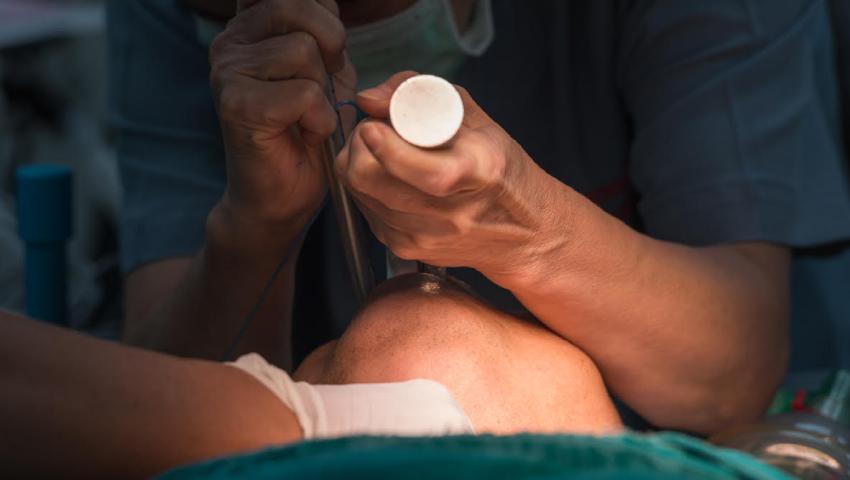Use your tools and trust the technology. That’s a wise perspective on continuing high-quality airway management after proper patient intubation. An important question to ask yourself: is it better to
hand-bag or use a transport ventilator?
Meeting Your Objective
After considering the patient safety perspective of measuring CO2 for proper endotracheal tube placement as discussed in the JEMS article entitled Airway, Breathing or Consequences: Use Your Tools and Trust the Technology, you have to ask yourself why would you hand-bag a patient when your objective is to stabilize oxygenation and ventilation.
Mechanical ventilators have been shown in studies to provide more reliable ventilation when compared to manual ventilation. Patient minute ventilation can be better controlled, and with O2 and CO2 stabilized, ventilation remains constant with the transport ventilator. Secondly, most critical patients require PEEP to open airways and enhance oxygenation. Ventilators make this readily available with a turn of a knob–measured on a manometer and delivered with lower work of breathing.
Why would you increase risk?
Positive pressure ventilation can result in unintended complications. Most common errors resulting in changes to hemodynamics include increased respiratory rate (RR). For EMS, the initial RR for an adult should be 10-12 bpm, and for hospital transport we should match RR settings on the ICU ventilator. When you consider manual ventilation to be a two-handed skill to ensure adequate tidal volume from the “bag” – how many times have you provided manual ventilation with one hand so you can perform another task with your other hand, therefore potentially compromising minute ventilation for your patient?
Better Outcomes
The use of a mechanical ventilator has been shown to free up a provider to perform other tasks and monitor the patient. End result, you should always consider using a transport ventilator to ensure more controlled, consistent ventilation and improved patient safety in an emergency or during intra-hospital transport.

